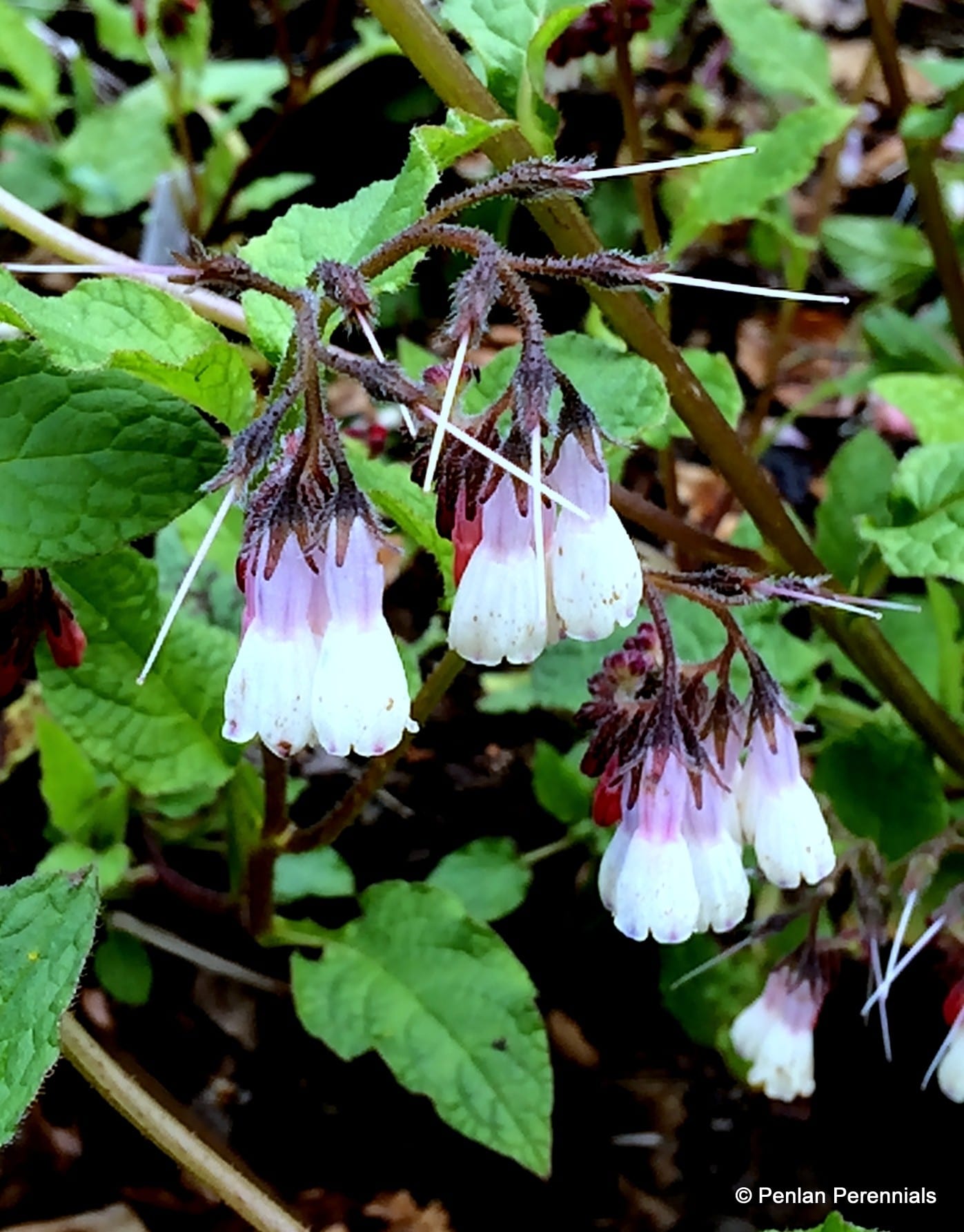


However, the medicinal use of comfrey is limited by the hepatotoxic effect of lycopsamine in comfrey, which overshadows the health benefits of rosmarinic acid. Further studies are needed to assess the antimicrobial spectrum of Symphytum species and to characterize the active molecules both in vitro and in vivo.Ĭomfrey (Symphytum officinale L.) contains rosmarinic acid which has different pharmacological activities, such as antioxidant and anti-inflammatory activities. Although clinical trials sustain the folk topical application of Symphytum species in musculoskeletal and blunt injuries, with minor adverse effects, its antimicrobial potency was still poorly investigated. In fact, there is increasing consumption of over-the-counter drugs, which when associated with conventional drugs can cause serious and even fatal adverse events. Not less important to highlight are the risks associated with its use. The pharmacological effects of the Symphytum species are attributed to several chemical compounds, among them allantoin, phenolic compounds, glycopeptides, polysaccharides and some toxic pyrrolizidine alkaloids. All articles were carefully analyzed by the authors to assess their strengths and weaknesses, and to select the most useful ones for the purpose of review, prioritizing articles published from 1956 to 2018. The present review was carried out by consulting PubMed (Medline), Web of Science, Embase, Scopus, Cochrane Database, Science Direct and Google Scholar (as a search engine) databases to retrieve the most updated articles on this topic.

The present review aims at summarizing the main data on the therapeutic indications of the Symphytum species based on the current evidence, also emphasizing data on both the efficacy and adverse effects. Considering the innumerable potentialities of the Symphytum species and their widespread use in the world, it is extremely important to provide data compiling the available literature to identify the areas of intense research and the main gaps in order to design future studies.
#Symphytum database skin#
Symphytum species belongs to the Boraginaceae family and have been used for centuries for bone breakages, sprains and rheumatism, liver problems, gastritis, ulcers, skin problems, joint pain and contusions, wounds, gout, hematomas and thrombophlebitis.


 0 kommentar(er)
0 kommentar(er)
